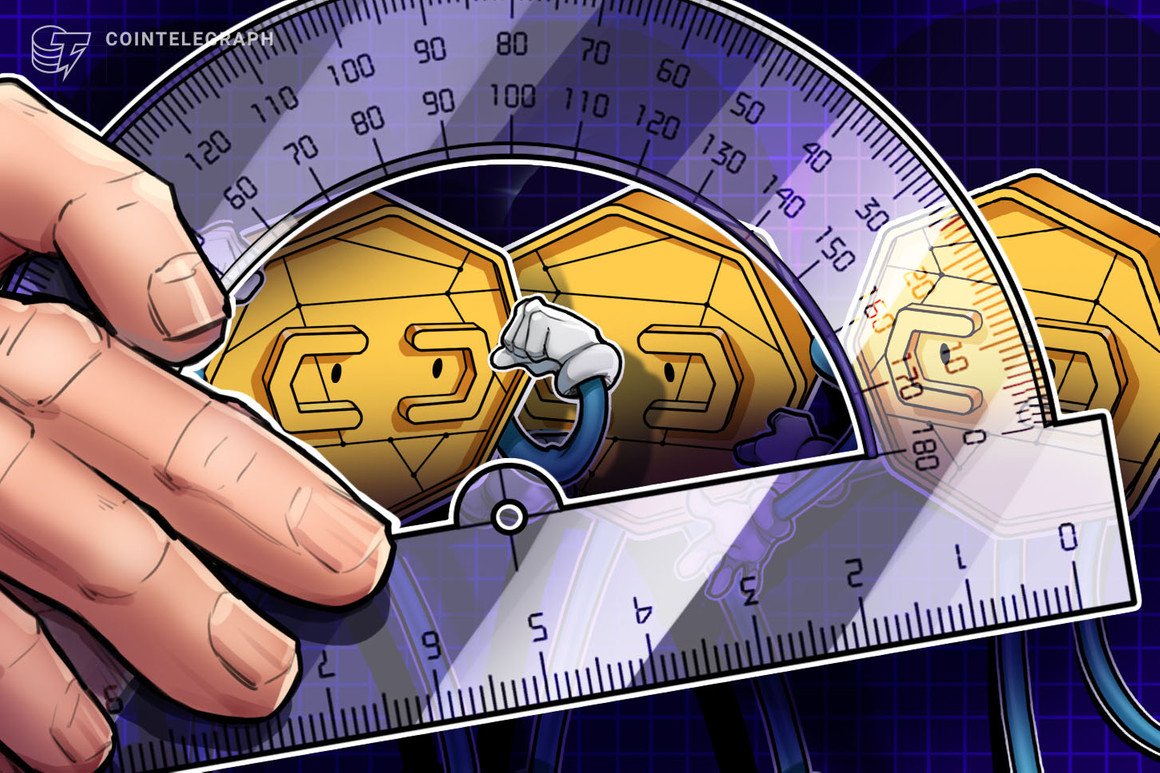A common saying in the investing world is “The trend is your friend,†a phrase that points to the idea that the majority of the time, sticking with the prevailing market trend will produce positive results.
Some of the common metrics used to identify market trends include: technical analysis, which involves studying price charts to spot opportunities; fundamental analysis, which involves looking at a project’s underlying economic and technological factors; and social media metrics, which help an investor listen to the pulse of what the wider public is focused on.
One of the more popular metrics that crypto traders use to identify emerging patterns is Google Trends, a product that analyzes the popularity of search queries performed via Google’s search engine. Using Google Trends, users can view the data in simple line graphs that also provide a breakdown by geographical region.
The Google Trends chart for “Bitcoin†shows several sharp spikes in searches over the past year, most notably in early January, late February, mid-April and again in mid-May.

A look at the BTC price chart shows that each of the spikes in Google searches coincided with run-ups in the price of Bitcoin (BTC) and indicates that search queries do indeed offer some insight into identifying trends that could impact prices.

The same approach can also be applied to altcoins and decentralized finance (DeFi) tokens. Let’s take a look at how social analysis preceded the rise of popular NFT-related tokens and DeFi blue chips like Polygon’s MATIC.
Interest in DeFi came in two waves
DeFi was the hottest sector in the cryptocurrency market at the beginning of 2021, and it seemed like not a day passed without some newly emerged lending or farming protocol reaching $1 billion in total value locked.

Data from CoinGecko shows that the total market capitalization of the top 100 DeFi tokens began to rapidly increase in mid-January, and eventually, the figure peaked in mid-May after the entire cryptocurrency market proceeded to sell off.
Searching “DeFi†in Google Trends produces the following chart, which actually shows a spike in the number of queries around the same time as the market cap of DeFi tokens began to increase.

This figure continued to increase even after the number of queries declined during the month of March.
Spikes seen in the number of searches in April and again in May also occurred around the same time as spikes in the DeFi market cap.
Searches for “NFT†went parabolic at the end of February
The rise of nonfungible tokens, or NFTs, in February and March caught the world’s attention as big-name celebrities like NFL veteran Rob Gronkowski and Twitter CEO Jack Dorsey got in on the action and established auction houses like Sotheby’s helped facilitate NFT auctions, including the recent sale of CryptoPunk #7523, which was sold for a record $11.8 million.

Some of the biggest monthly gains from NFT projects include a 443% gain in the price of THETA between March 1 and 21, and a 530% gain in the price of Axie Infinity Shards (AXS) from Feb. 23 to March 15. Chiliz (CHZ) saw a 3,690% surge in price between Feb. 13 and March 13.
The increase in prices coincided with a surge in NFT-related searches registered by Google Trends.

While it was widely reported that NFTs stole DeFi’s thunder, evidence of the rotation can be seen when the DeFi and NFT search interest charts are combined. As shown below, there is a sudden and massive rise in NFT queries as searches for DeFi fall.

The magnitude of NFT search queries was also significantly higher than that of DeFi, hinting that nonfungible tokens may be an optimal route to encouraging the widespread adoption of cryptocurrencies.
Looking at the late February to early March timeframe on the price charts, a dip in the price of DeFi tokens is seen at roughly the same time as the prices of NFT tokens start to rise, indicating some level of rotation out of DeFi and into NFTs.
Both charts show spikes in search interest that line up with price increases in related DeFi and NFT tokens, and they also manage to capture the diminishing interest seen as prices fell in June and July.
Related: Striking a chord: DeFi’s domino effect on NFTs and Web 3.0 adoption
Twitter mentions can also hint at growing adoption
Twitter is also a good source to obtain insight into what coins retail investors might be interested in, and analyzing the number of Twitter mentions can help hone in on which projects have the potential to see future price movements.
In 2021, Polygon emerged as one of the most promising layer-two solutions for the Ethereum network, and social media mentions increased significantly as the price of its native MATIC token surged 700% from $0.33 on April 26 to its all-time high of $2.68 on May 18.

As seen in the chart above, data from TheTIE shows that most of the large jumps in the price of MATIC coincided with spikes in tweet volume where the keyword “MATIC†was mentioned.
Google Trends also shows an increase in searches for “Polygon†during this time period, with the initial spike in interest coming during the week of April 25 to May 1.

While many analysts and trend watchers prefer to utilize technical and fundamental analyses to keep a pulse on developing trends, it’s important to remember that no cryptocurrency project has any value without the people involved in the network.
This means that valuable insights can always be found in analyzing information and announcements that catch people’s attention and initiate public engagement.
Want more information about trading and investing in crypto markets?
The views and opinions expressed here are solely those of the author and do not necessarily reflect the views of Cointelegraph.com. Every investment and trading move involves risk, you should conduct your own research when making a decision.






